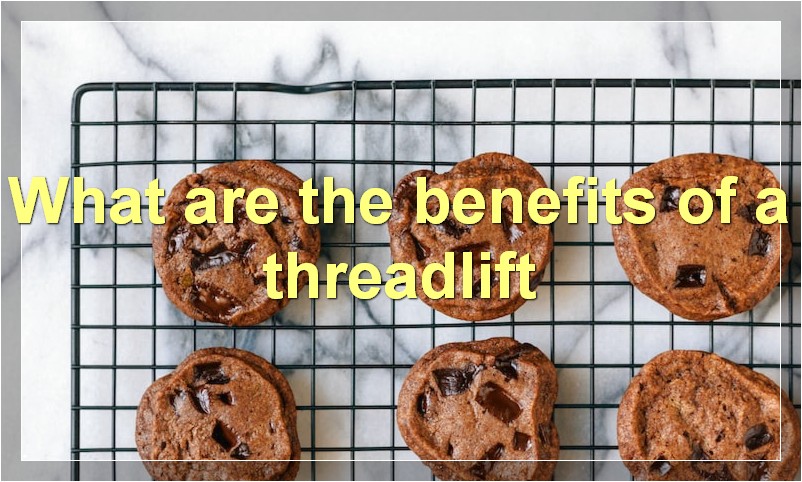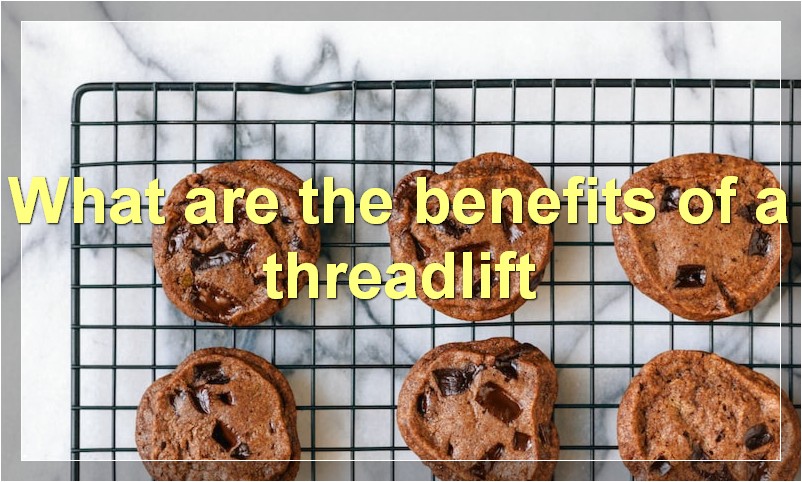It’s not uncommon to need a dental filling, and it’s important to know how to take care of your temporary filling.
What are the benefits of a temporary dental filling?

When you have a tooth that is damaged, whether from decay or an injury, your dentist will usually recommend a dental filling. A dental filling helps to restore the function and integrity of the tooth by filling in the damaged area. There are several different types of dental fillings, but one of the most common is the temporary dental filling.
A temporary dental filling is made from a material that is not as strong as a permanent filling. This means that it is not meant to be a long-term solution for a damaged tooth. However, there are several benefits of a temporary dental filling that make it a good option for many people.
One benefit of a temporary dental filling is that it can be placed quickly. This is important if you have an emergency situation and need to have a filling placed immediately. Permanent fillings can take longer to place, so if you need a filling right away, a temporary dental filling is a good option.
Another benefit of a temporary dental filling is that it is less expensive than a permanent filling. This is because the material used for a temporary filling is not as costly as the material used for a permanent filling. If you are on a budget, or if you only need a filling for a short period of time, a temporary dental filling may be the best option for you.
If you are considering having a dental filling, talk to your dentist about whether a temporary dental filling would be right for you.
How long does a temporary dental filling last?
When you have a tooth that is damaged, your dentist will often recommend a temporary dental filling. This is because it can help to protect the tooth while you wait for a more permanent solution, such as a crown or veneer. But how long does a temporary dental filling last?
There are a few factors that will affect how long your temporary dental filling lasts. These include the type of material used, the size of the filling, and where it is located in your mouth. In general, however, most temporary fillings will last for between one and two weeks.
If you have a tooth that is particularly large or deep, then your dentist may recommend a longer-lasting temporary filling. This could be made from a material such as acrylic, which can last for several months. However, it is important to remember that these types of fillings are not as strong as the more permanent options.
Once your tooth has been permanently repaired, you will need to have the temporary filling removed. This is usually a quick and simple process, and your dentist will be able to do it at your next routine appointment.
If you have any questions about temporary dental fillings, or if you are concerned about the length of time yours is lasting, then please do not hesitate to speak to your dentist. They will be able to give you more information and advice on what is best for your individual case.
How do I know if I need a temporary dental filling?
If you have a dental filling, it is because you have tooth decay. The dentist will clean out the decay and then place a filling in the hole. There are different types of materials that can be used for fillings, but the most common type is called an amalgam filling. Amalgam fillings are made from a mixture of metals, including silver, tin, and mercury.
Some people are concerned about the mercury in amalgam fillings, but there is no evidence that mercury from fillings causes health problems. In fact, dental amalgams have been used for more than 150 years and are considered safe.
If you have a tooth that is decayed, your dentist will likely recommend a filling. Fillings are also used to repair cracked or broken teeth and to replace old fillings that have worn down.
There are two types of fillings: temporary and permanent. Temporary fillings are made from a material that dissolves over time and is used to protect the tooth while the permanent filling is being made. Permanent fillings are made from materials such as gold, porcelain, or composite resin.
Temporary fillings are usually made from a material called zinc oxide eugenol (ZOE). ZOE fillings can be used for both adults and children. They are easy to remove when necessary and they cause little discomfort when placed. However, they only last for a short period of time (usually around 6 months) and they are not as strong as permanent fillings.
Permanent fillings are made from materials such as gold, porcelain, or composite resin. Gold fillings are the strongest and most durable type of filling, but they are also the most expensive. Porcelain and composite resin fillings are less expensive than gold fillings, but they are not as strong.
If you need a filling, your dentist will discuss the different types of fillings with you and help you choose the best option for your needs.
How do I care for my temporary dental filling?
A dental filling is a way to restore a tooth that has been damaged by decay back to its original function and shape. When a dentist gives you a filling, they first remove the decayed tooth material, clean the affected area, and then fill the void with a filling material. There are different types of dental fillings that your dentist may use, including amalgam (silver), composite (tooth-colored), gold, porcelain, or glass ionomer. Depending on the location of the filling and your bite, the dentist will choose the type of filling that will work best for you.
The first thing you should do after getting a dental filling is to avoid eating hard or chewy foods for at least 24 hours. This will give the filling time to harden and become bonded to your tooth. You should also avoid extremely hot or cold foods and drinks as they can cause sensitivity in your tooth.
To care for your temporary dental filling, you should brush and floss as normal. Be sure to be gentle when brushing around the area of the filling. You should also avoid using any mouthwash that contains alcohol as it can dry out the temporary filling. If you have any pain or discomfort, you can take over-the-counter pain medication like ibuprofen. If the pain persists, please contact your dentist.
What should I avoid with my temporary dental filling?

When you have a tooth that is damaged, your dentist will often put in a temporary filling. This is to protect the tooth until you can get a permanent filling or crown. There are a few things that you need to avoid with a temporary filling, though. Here are four things to keep in mind:
1. Don’t chew on hard foods – When you have a temporary filling, you need to be careful about what you eat. Avoid chewing on hard candy or ice cubes. You should also cut up your food into smaller pieces so that you don’t put too much pressure on your tooth.
2. Don’t brush too hard – You still need to brush your teeth twice a day, but you need to be gentle. Avoid using a hard-bristled toothbrush and be careful not to brush too vigorously. This can cause the temporary filling to come out.
3. Don’t floss too forcefully – Flossing is still important, but you need to be careful not to floss too forcefully. This can cause the temporary filling to come out.
4. Don’t use whitening products – If you use whitening toothpaste or mouthwash, it can cause the temporary filling to become discolored. It’s best to avoid these products until you get your permanent filling or crown.
What can I expect after getting a temporary dental filling?
A temporary dental filling is a way to fill a cavity in your tooth until you can get a permanent filling. It is made of a material that is not as strong as a permanent filling, so it may not last as long. You should expect to get a permanent filling within a few weeks. In the meantime, you should avoid eating hard or sticky foods, and brush and floss your teeth carefully.
How soon can I eat after getting a temporary dental filing?
A dental filling is a dental restoration used to restore the function, integrity and morphology of missing tooth structure resulting from caries or external trauma. It is also used to support a dental prosthesis such as a dental crown. A filling is also known as a direct restoration, because it is directly placed into the prepared cavity in the mouth.
The most common type of filling is the amalgam filling, which is made up of a mix of metals including mercury, silver, tin and copper. Amalgam fillings are strong and durable, and can last for many years. However, they are also noticeable and some patients may prefer other types of fillings for aesthetic reasons.
Other types of fillings include composite resins (tooth-colored fillings), porcelain (ceramic) fillings and gold fillings. Composite resin fillings are made up of a mixture of glass or quartz filler and plastic resin. They are matched to the color of your teeth and are less visible than amalgam fillings. Porcelain fillings are made from ceramic materials and are also matched to the color of your teeth. Gold fillings are made from gold alloy and are usually more expensive than other types of fillings.
After your dentist prepares your tooth for a filling, he or she will place the filling material into the prepared cavity. The filling material is then hardened using a special light. Once the filling material is hard, your dentist will trim and shape it so that it blends in with the rest of your tooth.
You should avoid chewing on hard foods until the numbness from the anesthesia wears off. Once the numbness wears off, you can eat and drink as normal. It is important to brush and floss your teeth regularly to keep them clean and healthy.
What are some common complications of a temporary dental filling?
A dental filling is a common procedure that is used to treat cavities. The most common type of filling is made of a material called amalgam, which is a mixture of metals. Other types of fillings include composite resins, gold, and porcelain. While dental fillings are generally safe, there are some potential complications that can occur.
The most common complication of a dental filling is allergic reaction to the materials used. Amalgam fillings contain mercury, which can cause an allergic reaction in some people. Composite resin fillings may also contain chemicals that can cause an allergic reaction. Gold and porcelain fillings are less likely to cause an allergic reaction.
Another potential complication of dental fillings is sensitivity to hot or cold temperatures. This is most commonly seen with amalgam fillings, as the metal can expand and contract with changes in temperature. This can cause discomfort when eating or drinking hot or cold foods and beverages. Composite resin and gold fillings are less likely to cause this type of sensitivity.
If a dental filling is not placed properly, it can lead to further decay of the tooth. This is because the filling does not seal the tooth completely, leaving small spaces for bacteria to enter. Improperly placed fillings can also fall out, which can be painful and result in further damage to the tooth.
It is important to see your dentist regularly for checkups and cleanings to ensure that your dental fillings are in good condition and not causing any problems. If you experience any pain or sensitivity, be sure to contact your dentist so that the problem can be addressed.
Is it normal for my temporary dental filling to hurt?
It is not uncommon for patients to experience some level of discomfort after receiving a dental filling. In fact, according to the American Dental Association (ADA), over half of all patients who have had a filling report experiencing some degree of sensitivity afterwards. While this may be alarming at first, it is important to keep in mind that this is usually only temporary and will go away within a few days.
There are a variety of reasons why your filling might hurt. The most common is simply because your tooth is adjusting to the new material. This is perfectly normal and will subside within a few days. Additionally, if your filling was particularly large or deep, it is not uncommon for the surrounding teeth to be sore for a day or two. Again, this is nothing to worry about and will resolve itself shortly.
If you are still experiencing pain after a few days, there are a few things you can do to help ease the discomfort. First, avoid hot or cold beverages as these can aggravate the sensitive area. Instead, stick to lukewarm drinks and soups. You can also take over-the-counter pain medication if necessary. If the pain persists or gets worse, however, be sure to contact your dentist right away as this could be indicative of a more serious problem.
In short, it is normal to experience some level of discomfort after getting a dental filling. However, if the pain persists for more than a few days or gets worse, be sure to contact your dentist right away.




